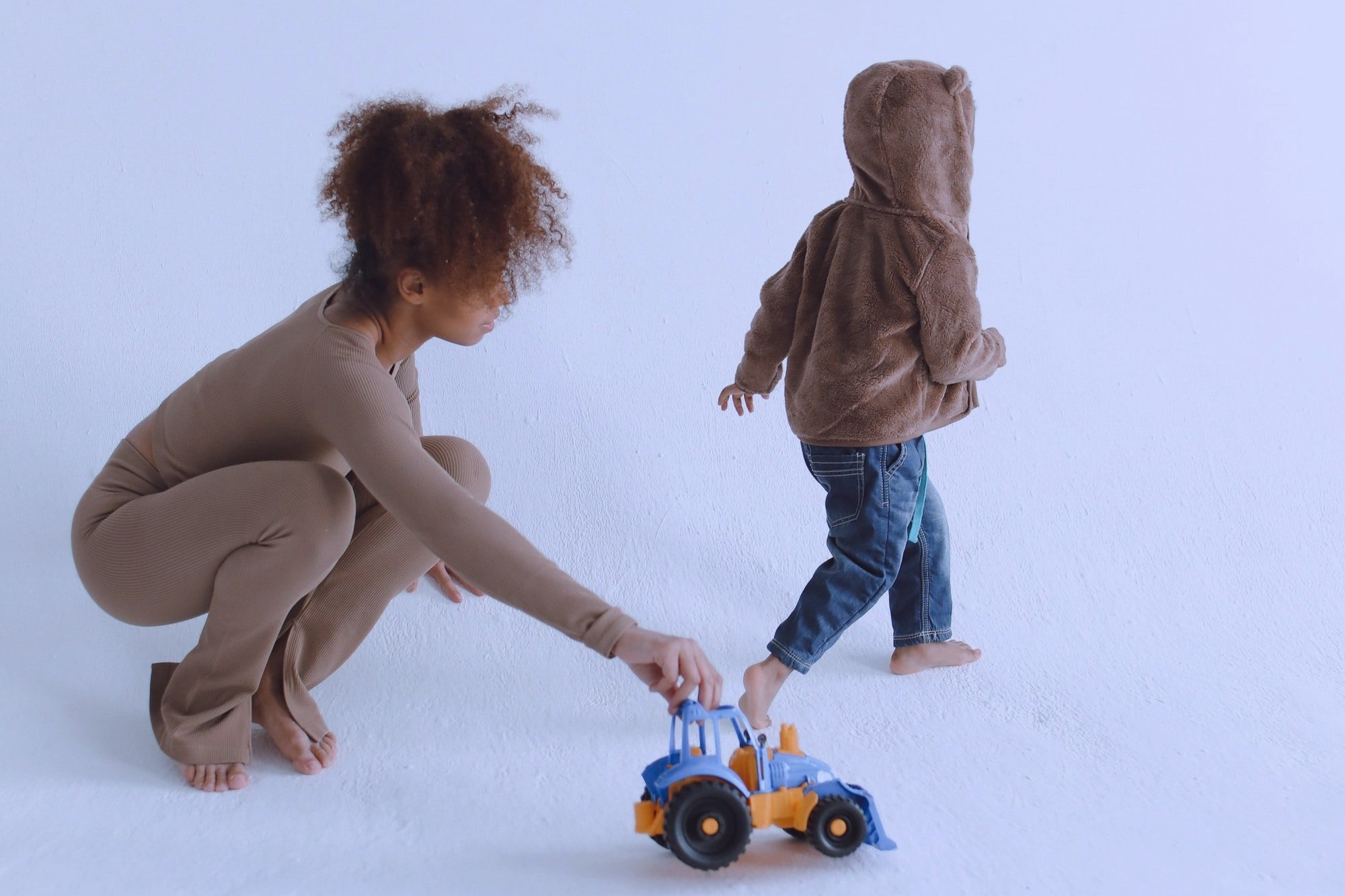10 Ways to Spot A Liar: Unmasking Creative Con Artists

10 Ways to Spot A Liar: Unmasking Creative Con Artists
In the intricate dance of human interaction, the ability to spot a liar is an invaluable skill that requires keen observation and a touch of creative thinking. After all, a good liar is nothing if not creative in their deception.
Whether you're looking to peel back the layers of pretense or diplomatically shield your own inventive excuses, understanding the subtleties of dishonesty can be quite the asset.
This guide will walk you through the nuances of lie detection, where the telltale signs of fabrication are often hiddåen in plain sight. It's less about pointing fingers and more about sharpening your perception—because sometimes, the most creative thinking is about seeing what is there and understanding what isn't.
So, whether you choose to call out the bluff or simply observe in silent acknowledgment is, of course, up to your own creative discretion.
(The insights are borrowed from Joe Navarro, a former FBI agent and renowned author of "What Every BODY is Saying." as well as Dr. Paul Ekman's research on facial expressions and emotion, detailed in his book "Telling Lies." )
10 Ways to Spot a Liar: A Guide with Practical Examples
The Self-Soothe Signal: An individual lying might rub their neck, adjust their glasses, or play with their hair. For instance, if someone is repeatedly touching their collar while answering questions about their whereabouts last night, consider it a cue worth noting.
The Copycat Cue: Pay attention when someone mirrors your body language during a conversation, especially in a negotiation or interview. If they nod every time you do, they might be attempting to establish undue rapport.
The Krispy Kreme Conundrum: Avoid getting lost in the intricacies of a story. If someone offers an overly detailed account of why they were late, including the brand of coffee they spilled on their shirt, they might be embellishing to distract you from a lie.
The Discomfort Dance: Inconsistencies are telltale. If someone is recounting an event with a smile but you notice their fists are clenched—this mismatch could suggest dishonesty.
The Nervous Nelly Narrative: Unusual nervousness can be revealing. For example, if you ask a coworker if they've completed a task and they respond with an affirmative while avoiding eye contact and fidgeting, their body language may be betraying their words.
The Ostrich Effect: Be wary of overacted gestures. If someone shows an exaggerated expression of surprise at predictable news, like acting shocked every time a frequent issue arises at work, it might be a rehearsed act.
The Verbal Vortex: Look for a story that doesn't follow a natural rhythm. A truthful story about a car accident should include a clear beginning, middle, and end. If your friend's recounting of a fender bender is disproportionately focused on the lead-up, they might be fabricating.
The Tense Tango: Notice if the storyteller's tense doesn't align with the timeline. For example, if someone describing a past event suddenly switches to present tense, like "I go to the store yesterday, and I am seeing this deal…" it may indicate fabrication.
The Emotional Leak: A laugh or a sniff at an odd time can be a sign of stress. If during a serious discussion, the other person lets out a nervous chuckle right as they deliver what should be key facts, question the authenticity of their narrative.
The Telescope Technique: Recognize that some individuals can lie without typical signs of discomfort. For instance, a seasoned salesperson might be able to present false information without any of the usual indicators—no stutters, no fidgeting, no mismatched expressions.
While you may not become a human lie detector overnight, these tips can sharpen your BS radar. Whether watching a reality show or dealing with everyday fibbers, keep your eyes peeled, ears open, and skepticism handy. After all, in the grand theatre of life, we're all occasionally both the audience and the actors in a play of pretense and honesty.
Happy truth-seeking!






